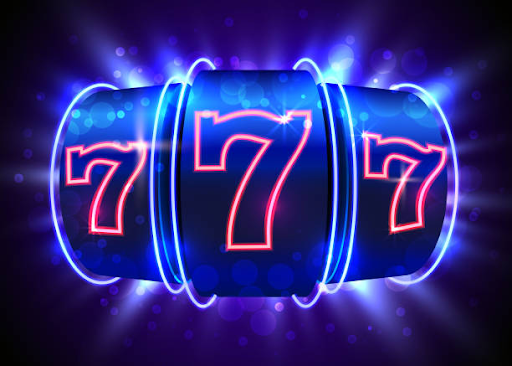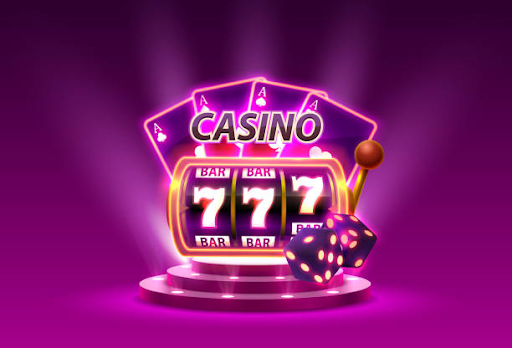Slot games are one of the most popular online casino games and have been around for decades. But what makes them so appealing?
The psychology behind these games is incredibly complex. They’re designed with specific themes and features that keep people coming back for more.
The Thrill of the Game
Slots are one of the most popular casino games in both brick-and-mortar and online casinos. They offer a combination of high-winning opportunities and a genuinely thrilling game experience.
However, while the thrill of winning a big jackpot is something that many people would love to have, it’s important that players remain in control of their rtp live slot addiction.
There are many things that people can do to help keep their slots gaming hobby as an enjoyable pastime rather than a life-threatening obsession.
One of the best ways to do this is to set a definitive endpoint for your slots playing activities. By making a plan for how you’re going to spend your money and time after you’ve won or lost, you can ensure that your slot games are just a fun and exciting way to unwind!
The Availability and Convenience of Online Slots
Online slots have a lot of advantages and are an ideal option for casino lovers. They are available any time of the day and can be accessed from anywhere with an internet connection.
Moreover, you can choose to play with a small amount or make a large bet. This flexibility allows you to find a platform that suits your budget and the level of risk that you’re comfortable with.
Slots are also a great way to earn extra cash through rewards and bonuses. This is a strategy adopted by networked casinos to attract players. It’s a tactic that bettors can easily fall prey to.
Online situs judi slot often offer bonuses to attract new players or reward frequent players. These incentives can take the form of free spins, cash rewards, or extra chips, and are intended to encourage players to continue playing and enjoying the casino’s offerings.
The Attraction of Risk and Reward
When people toss a pair of dice, buy a lottery ticket or invest in stocks, they feel an unmistakable sense of excitement and anticipation. These feelings derive from the risk being taken and the possible reward ahead.
The attraction of risk and reward is also apparent in online slot games. Players are often encouraged to bet more, even when they’re losing because they can expect to get a bigger payoff in the future.
This reinforces the idea that gambling is a skill and encourages players to develop a pseudo-skill that makes them feel they’re better at the game than they are. This erroneous perception fosters an illusory sense of achievement and increases their commitment to the game, making them stick to it longer than they should.
The Role of Rewards and Reinforcement in Slot Game
Slot machines are typically programmed to provide rewards to players who achieve a winning combination of symbols or numbers. While they generally withhold a percentage of the money wagered, usually between 5% and 25%, the remaining funds are distributed to players as “random” payouts and jackpots.
The jackpot is the reward that keeps us coming back for more. In this way, the rewards in slot games are very similar to those delivered in a variable ratio reinforcement schedule.

This type of schedule delivers reinforcement based on varying numbers of responses, and the subject has no idea when the next response will be rewarded. This type of reinforcement schedule can be very powerful, especially in the classroom.
The Use of Visual and Auditory Stimuli in Slot Game
The use of visual and auditory stimuli in slot games has a strong impact on the overall experience. Animated symbols, the sounds that accompany winning outcomes and credits, as well as highlighting of pay lines all work together to create an immersive experience that keeps players coming back for more.
In a recent study, Dixon and colleagues found that visual and auditory stimulation in slots led to moment-to-moment changes in heart rate during play (Dixon et al., 2010). Winning outcomes caused a temporary decrease in heart rate while losing ones did not.
